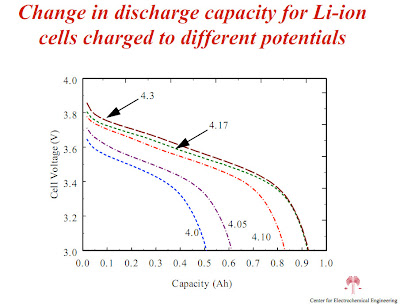hobbyguy
Well-known member
I charge to 80% at home at night with L2. I drive 35 miles to work and then charge there on L1 for the time I am at work,(usually 9 hours). When I leave at night to drive home, I am usually at 100% or just near that.
I also had maintenance and battery check at 15,000 miles. No issues. Few tire rotations at 7,500 miles.
I have seen a little bit of battery loss. Every morning I charge to 80%, I live at the top of a hill. I regen all the way down and enter the freeway. I drive 65 until I hit the Magic Mountain exit. I have been watching my first bar disappear right at the exit when I got the car and over the past 11 months I try to not lose that bar until I get to that exit, I can't do it now no matter how lite I drive it.
I lose the bar now about a 1/3 of a mile before the exit. Not real scientific but kind of makes the drive fun in the morning. It has been cold here the past days, in the high 30's ,and noticed the bar disappear earlier than usual. Will have to see if I can make it to the exit come this spring when it warms up a little.
I also had maintenance and battery check at 15,000 miles. No issues. Few tire rotations at 7,500 miles.
I have seen a little bit of battery loss. Every morning I charge to 80%, I live at the top of a hill. I regen all the way down and enter the freeway. I drive 65 until I hit the Magic Mountain exit. I have been watching my first bar disappear right at the exit when I got the car and over the past 11 months I try to not lose that bar until I get to that exit, I can't do it now no matter how lite I drive it.
I lose the bar now about a 1/3 of a mile before the exit. Not real scientific but kind of makes the drive fun in the morning. It has been cold here the past days, in the high 30's ,and noticed the bar disappear earlier than usual. Will have to see if I can make it to the exit come this spring when it warms up a little.




